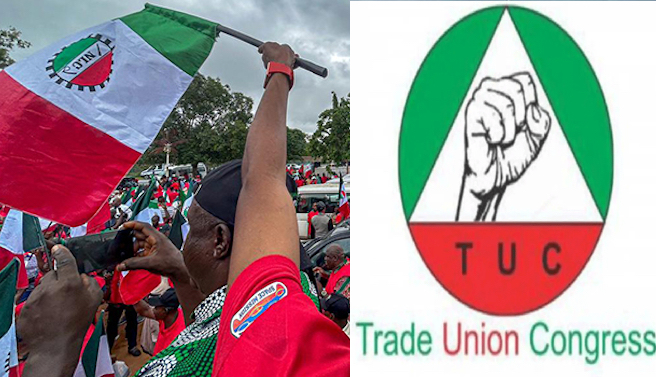
Nigeria was thrown into darkness again, yesterday, as the national electricity grid operated from Osogbo in Osun State collapsed, leaving homes and businesses in losses.
The grid, collapsed about 12 times last year, and went down about 11:34 a.m., affecting all feeders and disrupting electricity supply to customers. Multiple utility companies operating across the 36 states confirmed the development as they started seeking alternative energy sources while apologising to customers over the reoccurring issue.
The companies, in a public notice to customers, noted that efforts to restore power were already underway, in collaboration with critical stakeholders. Ikeja Electric, which serves a part of Nigeria’s industrial hub, Lagos, wrote on X: “Dear Esteemed Customer, please be informed that we experienced a system outage today, February 12, 2025, at 11:34 hrs affecting all our feeders. Restoration of supply is ongoing in collaboration with our critical stakeholders. Kindly bear with us.”
At about 11 a.m. yesterday, major power plants, including Geregu, Olorunsogo, Kainji, Jebba as well as Omotosho went off the electricity grid, crashing the supply on the grid to about 1,200 megawatts.
Azura was also off from the grid for over two hours before the plant returned at about 2 p.m. The plant had gone down from 420MW at 11 a.m. to zero megawatts by noon before starting at 83MW by 2 p.m.
At the time of this report, the Egbin power plant, in the Ikorodu area of Lagos, which was generating about 617MW at 11 a.m., crashed to zero and was yet to get back on the grid.
Odukpani, in Calabar, Cros River State, also went down from its 292MW at 11 a.m. to zero megawatts. In 2024, Nigeria’s 21 active generation plants on the nation’s electricity grid recorded over N229.6 billion in losses due to grid collapses, a development which is worsening the liquidity crisis in the power sector.
This is as stakeholders in the upstream segment of the power industry said the frequent ramping down of generation equipment was putting pressure on foreign exchange, as most spare parts were failing more than projected due to the state of transmission infrastructure.
A chart presented by the power generation companies showing the year-on-year external energy losses for 2022, 2023 and 2024 revealed a significant rise in losses due to system collapse in 2024, with 57,687MWh lost, costing N3.46 billion. This is a notable increase compared to 11,137MWh (N345.18 million) in 2023 and 35,794MWh (N568.49 million) in 2022.
Losses due to system instability showed that just two plants were 72,473MWh (N4.44 billion) in 2024, compared to 57,088MWh (N1.42 billion) in 2023 and 72,529MWh (N1.16 billion) in 2022.
Losses from ramp-down significantly increased in 2024 for the Kainji and Jebba power plants, with 206,956MWh lost, costing N12.8 billion. This is a sharp rise compared to 133,585MWh (N3.73 billion) in 2023 and 34,344MWh (N540.5 million) in 2022.
In 2024, unplanned outages for the two plants alone resulted in the loss of 19,643MWh, costing N1.17 billion. This represents a reduction in volume compared to 27,561MWh (N809.76 million) in 2023 but a significant increase in cost.
The 2022 figures were the lowest, with 6,856MWh lost and costs at N110.85 million.The total losses for 2024 amount to 356,759MWh, costing N21.87 billion, which is about N10.9 billion for each power plant. This represents a sharp rise from 229,370MWh (6.3 billion) in 2023 and 149,524MWh (N2.38 billion) in 2022.






